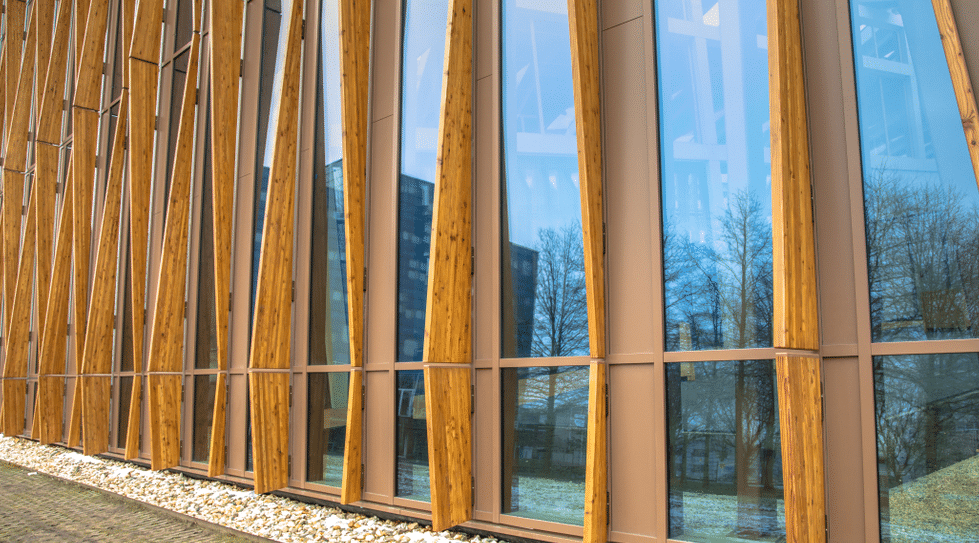When we first hear the word “resilience”, we instantly think about the ability to recover quickly and bounce back. In construction industry, resilient design is said to be a well thought design of buildings in order to respond to the natural disasters and man-made disturbances. Considering the impact of natural disasters like earthquakes and hurricanes, building resilience and sustainability has become topics of discussion among various construction professionals. Architects, engineers and developers are now considering resilient design as the best way to mitigate the impact of climate change.
Sustainable design and resilient design are equally important and have a lot in common, but they are not synonyms to each other. Reducing the environmental footprint of building with sustainable architecture is important as the building sector contributes 40% of greenhouse gas (GHG) emissions. However, a LEED certification for green buildings become irrelevant if the building becomes uninhabitable due to natural disasters or emergency situations. Thus, resilient design and sustainability complement each other.
The Difference Between Sustainability and Resilient Design
Even though the concept of sustainability has evolved over time, the basic principle is the same which is protecting the environment from the impacts of the human society. On the other hand, a resilient design is meant to protect the human society from the natural calamities to prevent disruption of normal life.
When designing buildings that are energy efficient and resilient during natural disasters, construction professionals face a lot of challenges. These professionals must adhere to the minimal building codes. The local environment is one of key aspects that affect the building resilience. For eg. Some cities are more concerned with hurricanes, while the others are concerned with earthquakes.
Building Design Principles
With the right strategies, sustainability and resilient design can go hand in hand. While analyzing the operating conditions, the design engineers can specify measures that improve both aspects. For example, using renewable energy can help buildings reduce emissions as well as becoming less dependent on the local power grid.
A resilient building design must take all the typical conditions, to which the building is exposed, into thorough consideration. The design must meet the structural demands under normal conditions, and also consider the extreme situations that challenge the structural integrity of the building.
To ensure a synergy between resilience and sustainability, the following building design strategies can be followed:
Use low carbon input materials – Construction materials like wood, bamboo and masonry can be preferred over materials with high energy footprint.
Designs that need low energy input to operate – Use of energy efficient building designs like highly insulated envelopes, triple glazing, passive solar eating and LED lighting. Whenever possible, natural ventilation can also be used to reduce energy consumption.
Optimize daylight – Use of natural daylight should be promoted as a primary source of light whenever possible. Internal courtyard and atrium spaces could provide daylight for large indoor areas.
Modular construction – Modularity provides an opportunity for spaces to have multiples spaces, and also help in reducing cost of renovations and retrofitting.
Durability and robustness – Creating and implementing durable structures capable of withstanding harsh weathers while maintaining suitable indoor conditions should be promoted.
Local materials and products – Local materials and products promote resilience, and they are abundant with lower transportation cost.
Equipment that use low energy input during construction – Promote energy efficient designs and consider using alternative fuels with lower carbon footprint. Low energy consumption based heavy equipment should be used.

